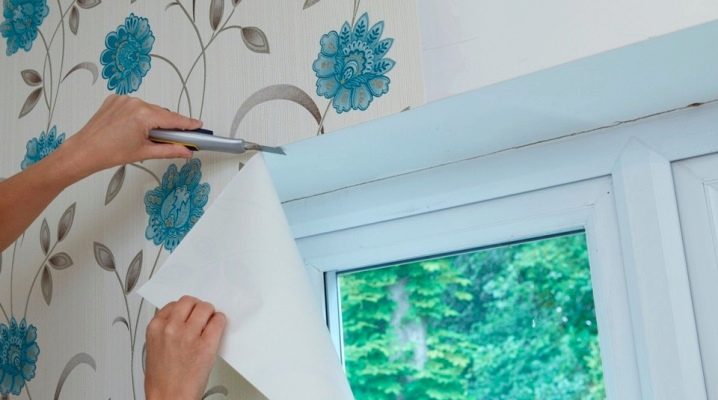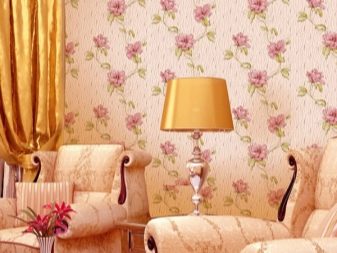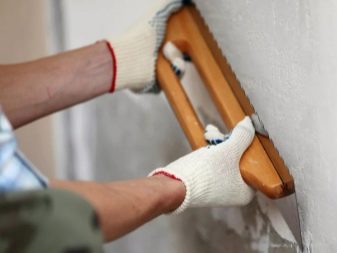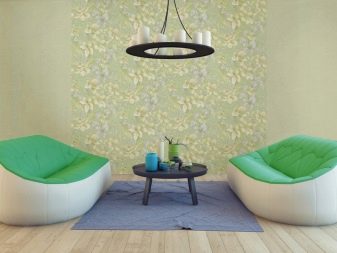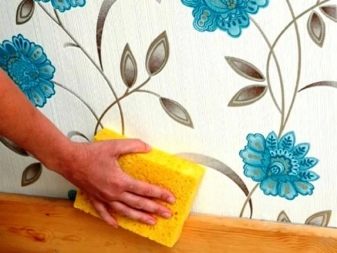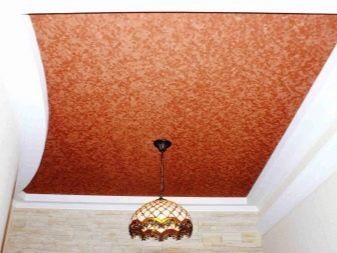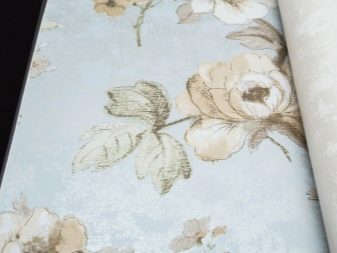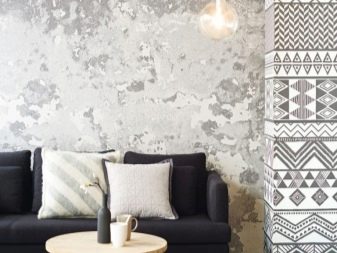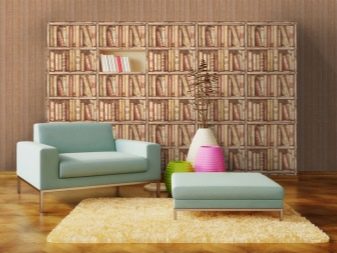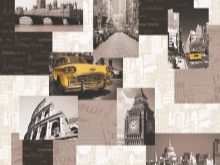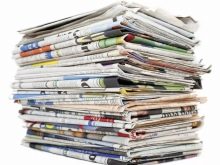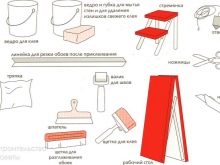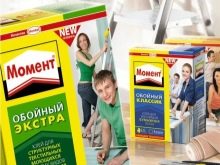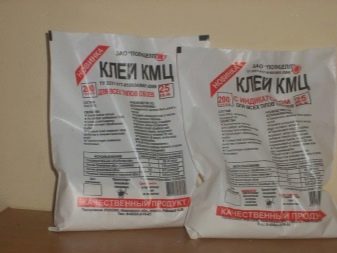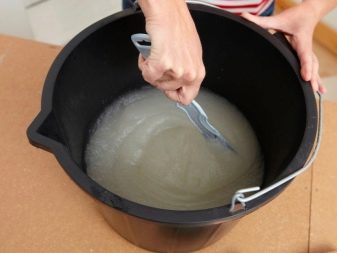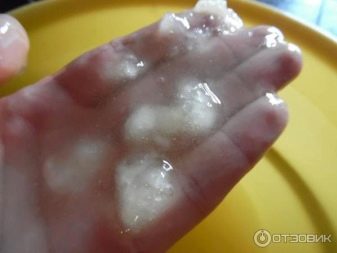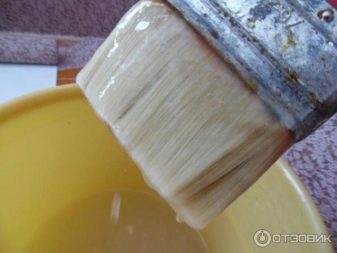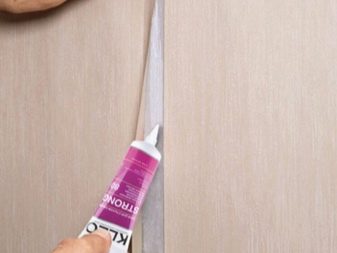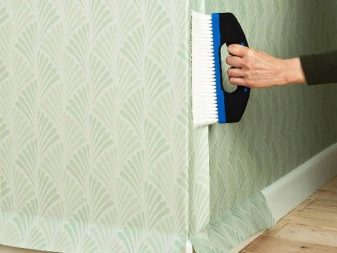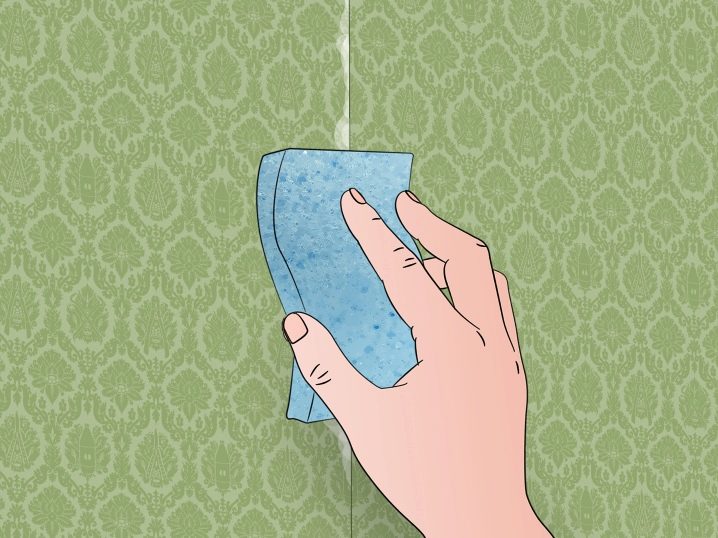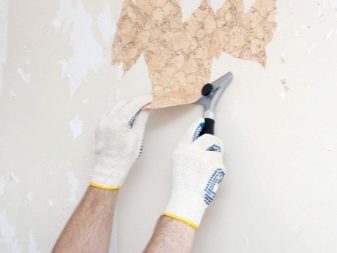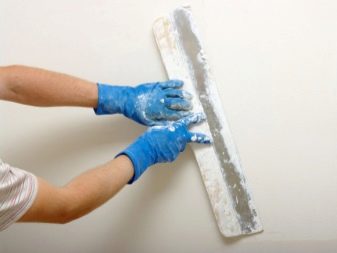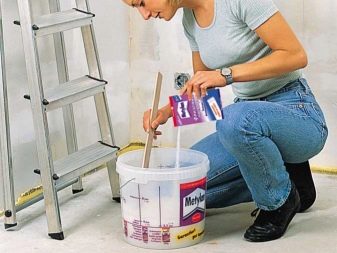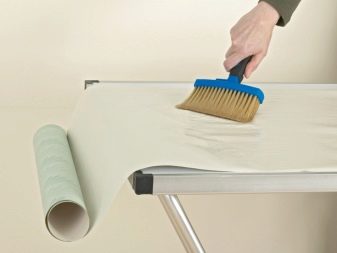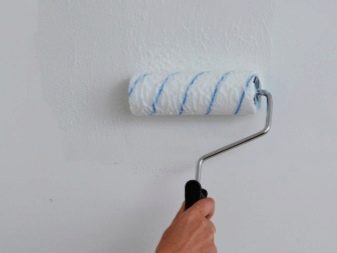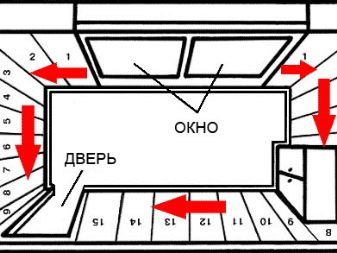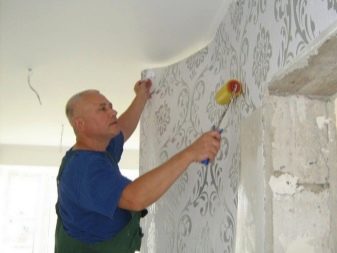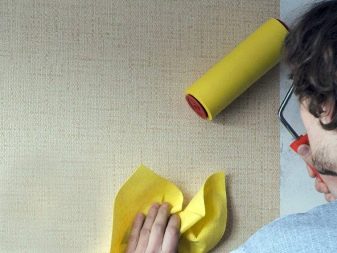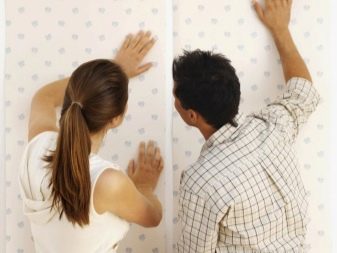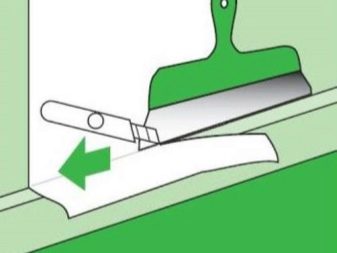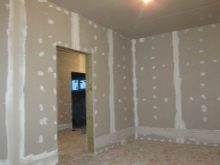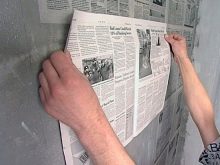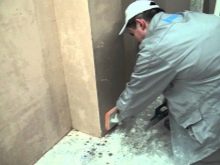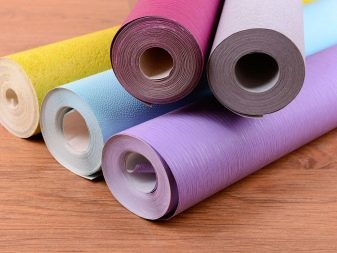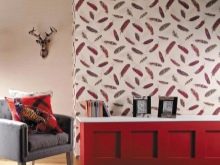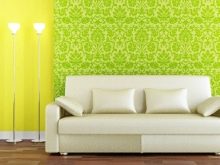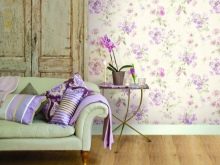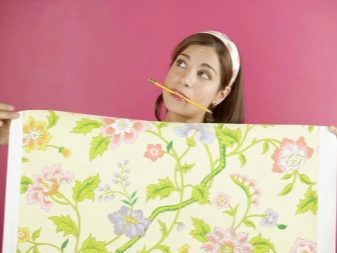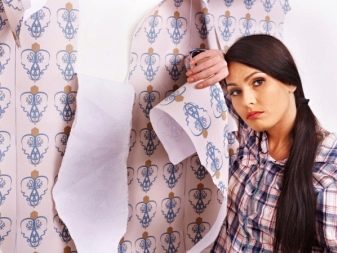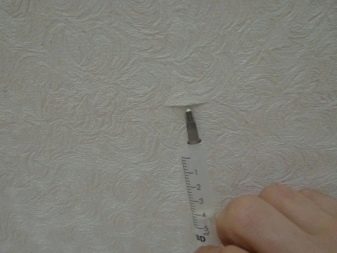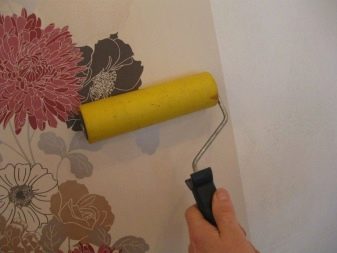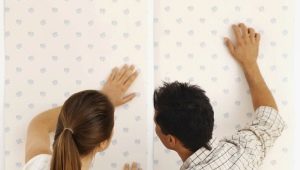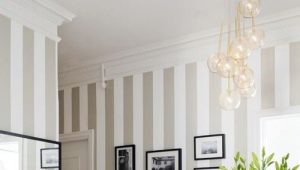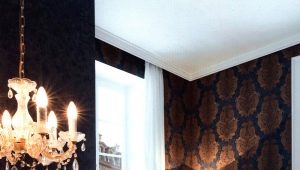How to properly and neatly glue paper wallpaper?
Paper wallpaper appeared long before other modern materials for decoration and decoration of walls in apartments. And now they are also in demand. Production technologies do not stand still, and now even in the category of paper finishing materials there are many subspecies of this type of wallpaper.
In order for the repair to bring the expected result, rather than disappointment, you need to know the features of such wallpapers and the rules for sticking them to the walls.
Types of wallpaper
Paper wallpaper is not at all the same. Depending on the type of material and production technology, there are several types of paper wall coverings:
- Simple paper wallpaper (simplex). The most inexpensive and simple type of wallpaper canvas. The structure of these canvases consists of a single paper layer. Simplex canvas is very thin, light. However, a significant disadvantage is the lack of strength of such wallpaper.For their high-quality gluing, it is desirable to have a certain dexterity. This material can easily tear, especially when impregnated with glue. After gluing and drying through such a canvas, any, even rather small irregularities and defects of the glued wall immediately appear.
For such wallpaper, it is necessary to prepare the wall surface well, making it almost perfectly smooth.
- Embossed duplex wallpaper. The canvas of this type consists of several layers of paper material, has a relief pattern on the surface. The front side of the canvas is covered with a thickened layer, which performs a protective function for the surface of the wallpaper, and also gives the canvas a more solid and beautiful appearance. This canvas is much stronger than thin single-layer species. The surface is resistant to mechanical stress, does not fade and is not afraid of high humidity in the room. Most of these wallpapers are washable.
The cost of this type of wallpaper is somewhat higher. Duplex canvas is much easier to glue, because it is not so fragile, it does not soak when applying glue.
- Coated wallpaper. This canvas is on paper basis, the front side of which is subjected to coloring by spraying a coloring agent. Spray wallpaper can be foamed. In this case, the upper layer has not a uniform smooth structure, but a relief one. Most often, this type of canvas has a uniform color without patterns or pattern. This type of wallpaper is often used for pasting ceilings.
- Acrylic wallpaper on paper basis. The top layer of this canvas is covered with acrylic material. This allows you to maintain a light structure, but at the same time harden the front side and make the surface of the canvas more resistant to damage and environmental conditions.
- Wallpaper under the plaster. This canvas without a pattern or pattern, usually multi-layered. Walls are pasted with such wallpaper, and after they are dried and fixed on the wall, plaster of the desired tone is applied on top of the paper sheet. The paper web allows to remove minor defects of the wall, and the application of plaster becomes more comfortable and uniform. Walls treated with plaster on top of this type of wallpaper, have a more aesthetic and neat appearance, and the plaster itself is much better kept on thick paper than on a concrete wall.
- Wallpaper on non-woven base very strong and durable. The big advantage is that the process of gluing them is much more convenient due to the fact that the glue is applied directly to the wall, and not to the canvas. In addition, this type of wallpaper can be repeatedly repainted.
- Great popularity recently acquired photo wallpapers. Their peculiarity is that the front side of the canvas is decorated not with a repeating pattern or pattern, but with a naturalistic photo. The most commonly used landscapes or photos of flowers, animals and exotic plants are close-ups. Such wallpapers perform well decorative function, and the choice of the plot itself is almost unlimited.
Many manufacturers provide a service for printing such wallpaper according to customer sketches. In other words, you can choose a unique plot that you like and order the transfer of your photo to the canvas in the size you need.
Required tools
To make papering the walls with paper wallpaper, you will need the following tools and materials:
- a stationery knife of large size or large, well-ground scissors;
- pencil, long ruler;
- wallpaper spatula (plastic);
- wide brush for glue, small brush for processing joints;
- soft roller;
- several small pieces of unnecessary soft tissue;
- small soft sponge;
- adhesive suitable for your type of wallpaper, and plastic containers for its breeding;
- several newspapers;
- stool, chair or stepladder.
What to glue?
It is worth more to touch on the question of what kind of glue is better to use in order to glue paper wallpapers well and efficiently. The main criterion for choosing a suitable glue is the thickness and type of wallpaper.
CMC glue is versatile and can be used for all types of wall paper. For single-layer thin types of glue should be diluted with plenty of water. And for gluing wallpaper from a thick multi-layer fabric, for example, duplex, preparing a more concentrated adhesive solution.
Most often, manufacturers place on the glue packaging information about which types of wallpaper it is suitable.
When diluting the glue, one should strictly follow the instructions and the proportions of adding water, otherwise the resulting composition may lose its adhesive properties or damage the wallpaper.
Ways
The way that it will be applied to the walls will also depend on the thickness of the wallpaper. If you decide to do the gluing with your own hands, you need to decide on the method of docking the web for your type of wallpaper.
If you have thin cloths with a smooth, non-relief surface, they can be glued overlapped. With this method, the edge of the canvas a few millimeters or centimeters (depending on the width of the edge) comes to the surface of the previous piece. This will help avoid the divergence of the wallpaper in the place of the joints after drying, as the thin canvas expands when wet and again narrows after the glue dries.
Duplex, embossed, vinyl and non-woven fabrics are better butt-bonded, it will help to do without visible seams in the joints of the web. These types of wallpaper are not susceptible to deformation during wetting and drying. In addition, because of the thickness of the web, the junction will be significantly thickened and visually very noticeable.
Butt
Paper wallpapers have a hem along the edge of the canvas. In some types of canvases such an edge runs along one side, in some it is on both sides.It does not contain a pattern or pattern and is intended for overlapping the web.
For pasting walls with thick butt-wallpaper, such an edge is not needed. It should carefully cut it along the entire length of each piece. It is most convenient to do this by attaching a long ruler exactly along the edge of the edge and leading along the fixed ruler with a clerical knife.
Lapped
If you have thin single-layer wall cloths with a smooth surface, it is best to glue them overlap. In this case, the process is somewhat simplified, since cutting the edges along the edges of the web is not required. It is only necessary to monitor the fit of the pattern or pattern on the front side.
Technology sticking: what to consider?
In order to properly paste the wallpaper, you need to know the main technological aspects of this process. Stages of work:
- First of all, it is necessary to prepare the surface of the walls to be glued. The uneven surface of the wall before glueing must be sanded, covered with a layer of putty and primed. Start pasting wallpaper should be after the full drying of the soil coating. The corners must be cleaned from dust, small debris and cobwebs.
Especially carefully you need to prepare the surface of the walls for thin types of paintings, as they dry faster after gluing and are susceptible to deformation of the canvas.
This will make all the bumps on the wall very noticeable after the glue dries.
- Prepare the wallpaper glue in advance, following the instructions on the package.
- Before sticking, cut several strips of wallpaper and spread them with glue, spreading them on a large table or on the floor. Smear wallpaper glue should be carefully, paying particular attention to the edges of the canvas. Often they are not well enough missed, and because of this move away from the walls after gluing.
- Thick multi-layered wallpaper should be left for a few minutes in order to better saturate the fabric with glue. Thin wallpaper should be glued as quickly as possible after applying the adhesive composition. This will help to avoid excessive wetting of thin paper web, which is often fraught with the rupture of wallpaper.
- For a more durable gluing of a thick multi-layer fabric, a layer of glue should also be applied to the walls with a brush or roller.
- When using non-woven wallpaper glue enough to apply only on the wall.
- After impregnation of the cut linen wallpaper, you can proceed to pasting. The first bar is applied to the near corner of the window. If pasting is overlapped, the first strip is glued from the window.
- The attached canvas is leveled from the center to the edges, to avoid partial separation of the canvas from the wall or the formation of bubbles. It is convenient to do this with a dry soft roller.
- Excess glue on the edges of the piece should be removed with a sponge or piece of cloth.
- Further, the pieces should be glued end to end or overlapped, taking into account the fitting of the pattern.
- Especially carefully should smooth out the joints of the paintings. You should also use a roller for this. Roll the roller along the entire length of the joint several times, removing the protruding excess glue.
- It is necessary to make allowances of a few centimeters for the joint with the floor and ceiling. After drying the glued canvas, the stock is cut off with a stationery knife.
- It is advisable to avoid indoor drafts while the wallpaper dries after sticking. Monolayer paper is the fastest dry out. Heavy and thick duplex wallpapers can dry out from one and a half to two days.
Surface types
The quality, durability and aesthetics of the surface pasted over with wallpaper depends largely on the proper preparation of the walls. Although this stage of work is often the most time consuming, it is not worth laziness. It is necessary to thoroughly prepare the surfaces of the walls, following the following recommendations:
- Concrete walls must be well cleaned to the ground. Old wallpaper, whitewash, plaster or paint should be removed. The paint is removed using a solvent. Whitewash or plaster is washed away with a wet sponge or brushed with a metal trowel.
- To glue wallpaper for drywall or fiberboard, you must pre-fill the irregularities and holes from nails or screws. Next, the prepared surface is thoroughly polished and primed.
- If a the surface to which the wallpaper should be stuck is very different in color, then after drying the pasted canvas, a darker shade can tread through the wallpaper. Such a probability is especially great if single-layer thin wallpapers are selected for sticking. In such a situation, gluing a newspaper to the surface of the wall, which contrasts with the tone of the wallpaper, will help.
Wall thickness
Multilayer thick wallpaper, for example, duplex or vinyl, is quite heavy. To glue them well, you need to use a more concentrated glue solution. Do not save on glue, Prepared pieces need to be carefully and liberally.. For stronger adhesion, it is recommended to apply the adhesive solution not only on the wallpaper strips, but also on the surface of the walls.
Thin paper wallpapers, on the contrary, do not tolerate long contact with glue. After covering the prepared piece with adhesive mass, the strip should immediately be applied to the wall. For thin wallpaper do not need a large amount of glue, from this wallpaper can unnecessarily soak and tear during sticking. In addition, thin paper material can not absorb a lot of adhesive solution, and the glue will act at the joints in large quantities.
Dimensions
The width of the wallpaper can be 1 meter or 0.5 meters.
Thick duplex, embossed or vinyl types of canvases are usually meter long. This width of the canvas is especially convenient for pasting large rooms, as it requires fewer strips of wallpaper to cover the area of the walls.
Simple paper sheets are available in half a meter width. Such a width is also due to the fact that, in contact with glue, a thin paper web becomes very fragile, and gluing a wide piece would be inconvenient and fraught with ruptures.
Tips and tricks
As you can see, a high-quality sticker of paper wallpaper with your own hands is quite doable. One has only to remember the features of this type of canvas and follow the rules described above. Here are some more tips to help you make a high-level apartment renovation:
- During the drying of the pasted pieces, it is not necessary to raise the temperature in the room with the help of heating devices. Close the vents and the door to the room. Wallpapers should not be exposed to drafts or elevated temperature.
- Do not stick a new canvas on the old wallpaper. Maybe you will save time, but most likely you will pay for your laziness afterwards. When sticking to the old layer after a while, new wallpaper will move away from the walls along with the previous ones. Especially often this happens when heavy multi-layered wallpapers are pasted over the old ones.
- The corners should not try to paste over a solid piece.Such areas are always glued either end-to-end or overlap.
- To glue the canvas without bubbles, you must carefully press it against the wall and smooth with a roller from the center to the edges. Small bubbles themselves smoothed out and disappear after complete drying of the canvas. If, however, a large bubble still remains on the dried wallpaper, you should use a syringe to push a little liquid glue into it. Smooth the bubble, and remove any excess glue mass with a dry sponge or cloth.
- Do not apply too much glue to the paper sheets. In this type of fabric, the surface is not washable and is subject to mechanical damage. It will be quite difficult to remove any excess glue from the joints without damaging the appearance of the wallpaper. Washable non-woven or vinyl wallpaper can be cleaned with a sponge or cloth, without fear of spoiling the surface. Also, the remaining and frozen glue can be washed off and after drying.
On how to glue paper wallpaper, see the following video.
